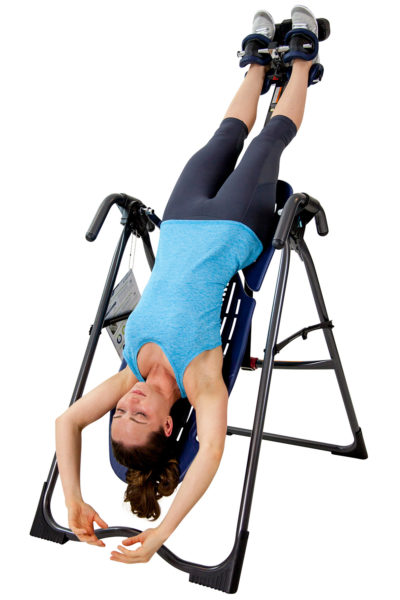Article by Rylie Teeter, CEO
Stressed?
It’s a pretty typical state in today’s fast-paced world and unfortunately for us, it’s also identified as a contributor to a lot of health issues. So why is stress so bad for us?
Effects of Stress on the Body
Your Automatic Nervous System (ANS) has two modes:
1) Fight or Flight, controlled by the Sympathetic Nervous System (SNS), and
2) Rest and Digest, controlled by the Parasympathetic Nervous System (PNS).
Yes, that’s a lot of initials, but bear with me.
When we perceive a threat, whether emotional (new job) or physical (near car accident), your SNS kicks in. A cascade of events takes place, including the release of adrenaline which increases heart rate and the hormone cortisol, among other things. These reactions are necessary for a true emergency but they don’t always help you with modern stressors, like traffic and pending deadlines at work.
Given the number of modern stressors, the SNS can get worked overtime, leaving our bodies in a near-constant state of alertness and alarm.
Research has shown that long-term physiological changes can take place because of chronic stress, which is linked to high blood pressure, the formation of artery-clogging deposits, and brain changes that may contribute to insomnia, anxiety, depression, and addiction.
Other research shows that high cortisol levels can cause weight gain, particularly around the mid-section and belly.
Luckily there are a number of natural stress relief techniques to help stimulate the Parasympathetic Nervous System, and since both the SNS and PNS can’t be activated at the same time, you can essentially alter your state of mind and body. The most common are breathing methods and meditation. Inversion is also a well-known stress reliever.
Stress Relief Techniques

Dr. Sara Gottfried, author of The Hormone Cure, explains that, “any time you put your feet above the level of your heart, even with your legs straight up against the wall, you activate your parasympathetic nervous system, the rest-and-digest counterbalance to fight or flight (or tend and befriend in women) of the sympathetic nervous system.” Plus, it just feels good!
Yogis have taught inverted poses for centuries, touting the calming and restorative techniques that stimulate the Vagus nerve, which in turn trigger the PNS to bring a deeper state of rest and relaxation.
Yoga practitioners claim that by putting the feet above the heart, the strain on the heart is reduced, allowing it to slow and creating a natural state of calm. In addition, the extra blood flow to the head promotes greater awareness and clarity (the brain consumes 25% of our oxygen intake). Yogis also teach that the PNS is stimulated when we breathe out.
Further your Zen with your daily Teeter session by adding breathing techniques.
At varied angles of inversion, try taking a deep breath in through the nose, and then slowly breath out through the mouth (this is said to help fully empty the lungs). Pause for a moment and then breathe in again. Concentrate on your breath. Try to breathe from the diaphragm, allowing the ribs to expand and contract.
Dr. Sara also recommends alternating breaths through each nostril, covering first one side and then the other.
Personally, I’ve found nothing better than a few minutes of calm on my Teeter right before bed to help wash away the stress of the day. I hope you find these tips helpful as well.
To your health,
Rylie Teeter
Find Relief Now. Pay Later.
Now you can try Teeter in your own home FREE for 30-Days, 0% APR* with Affirm.
